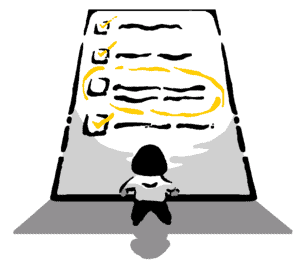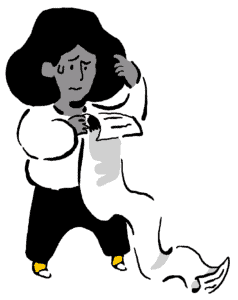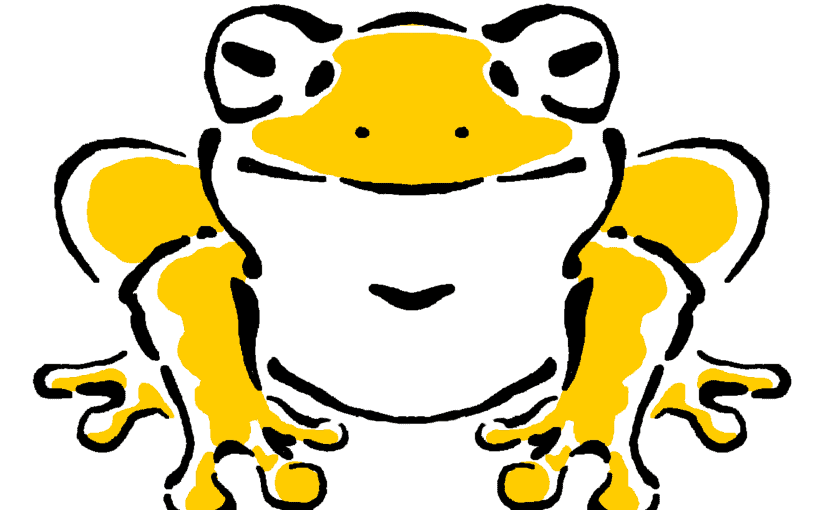“If it’s your job to eat a frog, it’s best to do it first thing in the morning. And if it’s your job to eat two frogs, it’s best to eat the biggest one first.”
We all have that one item on our to-do list that puts fear in our hearts.
We’re scared, anxious, or annoyed by the item, and we’d be rather pleased if the item just evaporated from our to-do list so we could avoid thinking about it ever again.
Unfortunately, we often avoid these tasks because they are the most important, and therefore most intimidating, items in our lives.
The “Eat The Frog” method helps you make progress on the tasks that matter most.
How to Use the “Eat The Frog” Method
1. If you don’t have a to-do list, create one by writing down everything you have to do in a week.
2. Every morning, look at your to-do list and identify the single most important, and usually hardest, task on your list.
3. Complete or work toward that task, putting it before anything else on your list.
4. If you complete the most important task, move to the next “froggiest” item on your list.
Why Does the “Eat The Frog” Method Work?

Eating the frog makes you focus on your most important tasks while you’re at your sharpest. If you work for 8 hours, your brain won’t be as sharp when working on tasks in hour 7 or 8 as it would be in hour 1. Your brain gets tired the longer it’s asked to work. So, by making sure you work on your most important tasks first, you ensure your brain is sharp when it matters most.
Additionally, your most important work deserves the largest amount of time. If you work on small tasks first, you risk running out of time to work on what matters most.
Who is the “Eat The Frog” Method For?
The “Eat The Frog” method is for:
• People who struggle with procrastination
• People who complete items on their to-do list based on what seems easiest in the moment
• People who have big goals but struggle to make progress on them
How Do I Identify the Frog on My To-Do List?

The frog is not necessarily the least fun item on your list. Instead, it’s the item that has the biggest impact on your life. It just so happens that the most impactful tasks are usually the least fun. Your brain knows these tasks are important, and that makes them intimidating. You should compare every task with your long-term goals and choose to do the most impactful first. If you can’t decide between two tasks, then choose the one that is the least fun.
For example, let’s say this is your to-do list:
• Buy groceries
• Study for economics midterm
• Finish laundry
You need food to live, but buying groceries only relates to your short-term goal of eating. Finishing laundry is somewhat similar; it only affects your life in the short term. Studying, on the other hand, could have a very real impact on your life. If you don’t prepare for your midterm, you could fail your class. That would cost more money, hurt your GPA, and potentially set your graduation date back. This task feels really important to your long-term goals, so you should do it first. Buying groceries and finishing laundry are equally important to your goals, so you should do whichever is less fun first.
That’s all you need to know about the “Eat The Frog” method. It’s great for tackling your most important tasks and achieving your long-term goals. Plus, it’s especially helpful for those of us who have a tendency to procrastinate.
It’s time to start eating those frogs. Bon appétit!
Interesting Finds
Tips and tools from around the internet
• Article: Five Scientific Steps to Ace Your Next Exam
• Video: 3 Study Mistakes to Avoid
• App: Save everything to one place and highlight like a pro
Happy studying!

